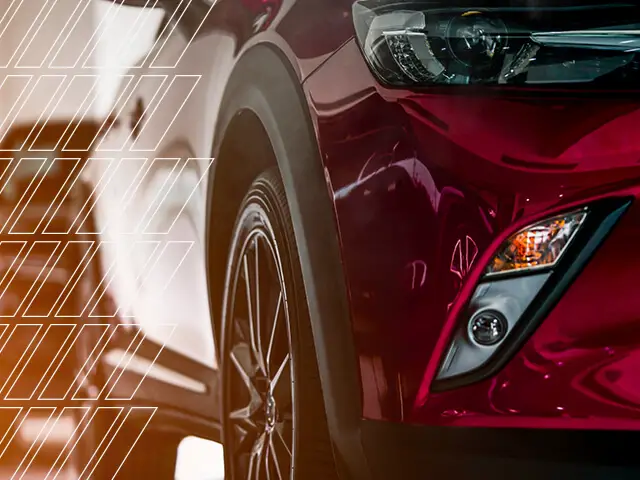Car dealers typically make a profit of $1,000 to $2,500 on used cars. Profit margins can vary depending on factors like make, model, and vehicle condition.
Buying a used car can be a significant financial decision, and it’s natural to wonder about the markups at car dealerships. Understanding the dealer’s profit margin helps buyers make informed decisions and negotiate better. Car dealers assess various factors, including market demand, vehicle age, and mileage, to determine their selling price.
Their earnings from used car sales must also cover expenses like reconditioning, advertising, and sales staff commissions. With this in mind, consumers can approach the buying process with greater confidence and leverage. Dealers aim to balance a fair deal with their business profitability, often resulting in the mentioned average earnings.
Assessing Used Car Dealer Earnings
Dealership profit margins on used cars are significantly impacted by various factors. The difference between the acquisition price and the resale value is a critical element in determining the earnings from each vehicle. This buy-to-sell price gap may vary considerably, often influenced by the dealer’s ability to negotiate, the car’s market demand, and the time of year.
The condition of the vehicle plays a substantial role in its markup. Dealers spend on reconditioning to ensure the car meets certain standards which can affect profitability. A car in excellent condition with low mileage may command a higher price, thereby increasing the dealer’s margin. Conversely, a vehicle requiring extensive repairs might reduce the potential markup due to the additional costs incurred.
Behind The Scenes Of Used Car Sales
Car dealers typically acquire used vehicles from two main sources: auctions and private sellers. Dealers often prefer auctions due to the large volume and variety available, which can lead to bulk purchase deals and lower overall costs. Conversely, buying from private sellers usually involves higher individual prices but may allow for acquiring specific in-demand models.
The reconditioning process can be a significant factor in determining the eventual profit margin. This includes costs for mechanical repairs, cosmetic enhancements, and ensuring the car meets safety standards. These expenses vary greatly and must be controlled meticulously to avoid eroding potential profits.
Pricing strategies employed by dealers are designed to optimize revenue. This often involves setting a baseline price based on market value and then adjusting for vehicle condition, rarity, and other market variables. Dealers leverage knowledge of local demand and competitive pricing to find the sweet spot where the price maximizes both the speed of sale and the profit margin.
Unveiling Dealership Financial Nuances
Understanding the dynamic financial landscape of car dealerships reveals varied income sources. The commission structure plays a pivotal role in shaping a salesperson’s incentives. Typically, sales representatives earn a percentage of the profit margin on each used car sold, which motivates them to increase sale prices and secure better deals.
Income is further augmented by dealer fees and add-ons, such as documentation fees, preparation fees, and mark-ups on accessories. These additional charges provide a significant boost to the dealership’s bottom line. Dealers also benefit from the sale of extended warranty plans and service agreements, which not only enhance immediate income but also create long-term customer relationships and potential future business.
Exploring The Hidden Perks For Dealers
Dealers often experience a substantial boost in earnings through financing and loan origination. Customers opting for dealer-arranged financing can significantly increase dealer profits. The hidden benefit here lies in the interest rates and the spread between the buy rate and the sell rate, which allows the dealer to earn more on each financing deal. Extended warranties and other financing add-ons also contribute to the boost in revenue.
About trade-ins, dealers obtain these vehicles at lower prices, often below market value. The difference between the trade-in acquisition cost and the subsequent resale price forms a critical profit center for dealerships. This is especially true when the dealership is adept at reconditioning and selling these vehicles efficiently.
Dealers also benefit from their relationships with manufacturers and vendors. These relationships can lead to incentives such as co-op advertising funds and volume bonuses that contribute non-directly to the dealer’s bottom line. Furthermore, strong relationships can mean better deals on vehicles purchased for the lot, enhancing potential profit margins upon sale.

Credit: www.edmunds.com
Frequently Asked Questions Of How Much Do Car Dealers Make On Used Cars
What’s The Average Profit On Used Cars?
Car dealers typically aim for a profit margin of about 10-15% on used cars, which translates to roughly $1,000 to $3,000 per vehicle.
How Do Dealerships Value Trade-in Cars?
Dealerships use industry tools like Kelley Blue Book and NADA Guides, alongside inspecting the vehicle’s condition and market demand, to determine trade-in values.
Can Negotiate Lower Used Car Prices?
Yes, buyers can often negotiate used car prices, as dealers build negotiation room into the initial pricing to accommodate bargains and incentives.
Conclusion
Understanding the profit margins of car dealers on used vehicles can empower consumers. With this knowledge, buyers negotiate better and make informed decisions. Dealers, conversely, have a blueprint for maintaining a successful business. Ultimately, the dance of supply and demand continues to shape the used car marketplace’s profits.

